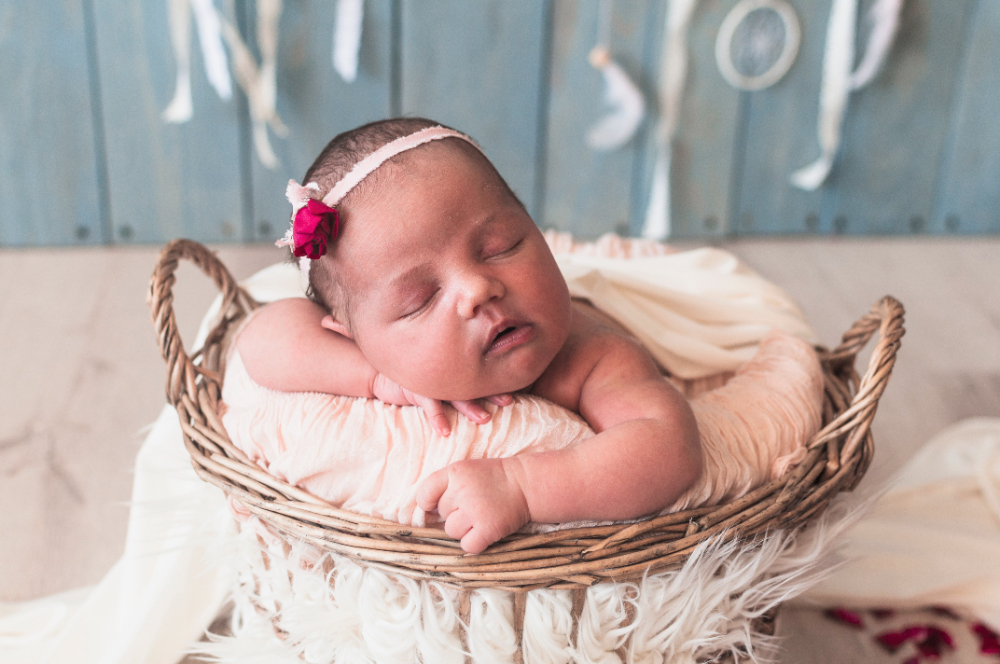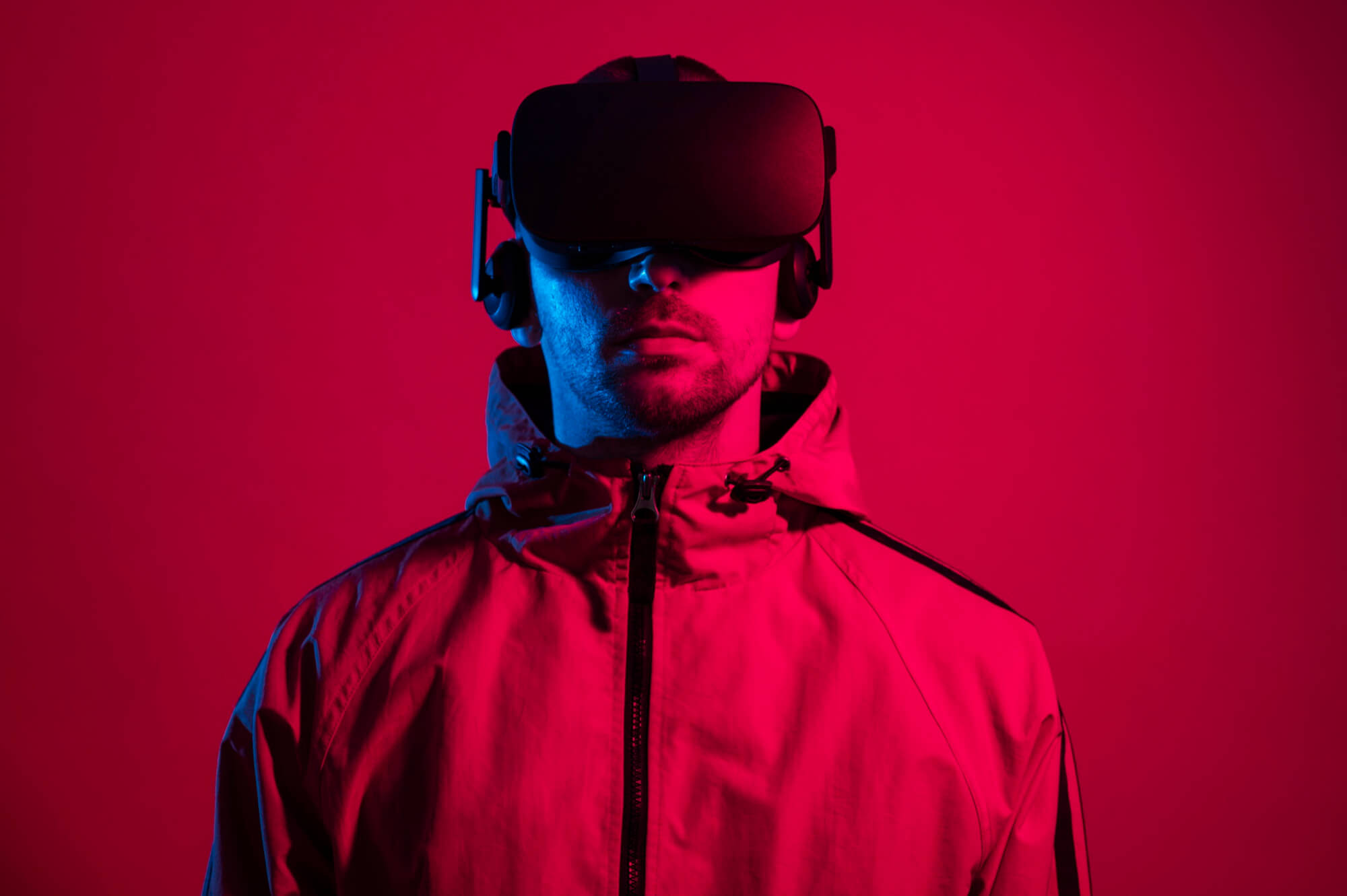Welcoming a newborn into the world is an incredible experience, served with joy, love, and a profound sense of duty. As your newborn matures and forms, there are various milestones that will keep their advancement. These milestones not only allow parents to comprehend their baby’s physical and dynamic growth but also guide healthcare professionals in setting the baby’s health and well-being. Comprehending these milestones is important, as they deliver insights into what is stock at various locations of the newborn’s first year.
In this blog post, we will examine the key developmental milestones in newborns, including physical, cognitive, emotional, and colonial progressions. Comprehending what to anticipate and when will permit you to keep your newborn during these earlier months and confirm that their product is on track.
Biological Milestones in Newborns
From the point a newborn enters the world, they form a series of rapid physical products. These earlier milestones may appear small but are necessary for building the basis for motor skills and other physical functions.
Head Control and Neck Strength
In the first weeks of life, your newborn will have little head control. Their neck muscles are still growing, requiring help and support when standing held. During the first few weeks, you might see that your newborn struggles to keep their head up when fibbing on their tummy or in your arms.
By 2-3 months, yet, most newborns begin to gain better head power. They will start lifting their head when put on their tummy, offering the early signs of muscle strength. Tummy time, where you put your newborn on their stomach while sharp, is important to help them create neck and shoulder muscles. This milestone is significant because good head control is the first step toward more difficult physical movements, such as rolling over.
Rolling Over
One of the most compelling milestones to look ahead to is your newborn’s ability to roll over. At 3-4 months, many babies will be able to roll from their tummy to their rear and vice versa. This is a notable milestone, as it means enhanced muscle power and coordination. Babies who practice tummy time regularly tend to hit this milestone before.
Nevertheless, not all newborns will roll over at the exact time. Every baby is other, and the timeline can change. It is important to support your newborn’s growth by resuming to engage them in activities that support their muscles, such as tummy time.
Sitting Up
As your newborn procedures the 4-6 month mark, they will begin to create the muscles required to sit up with help. By 6 months, many babies will be capable of sitting unsupported for short periods, though they may still need help to keep balance. Sitting up is a major developmental milestone as it allows the baby to explore their environment in new ways.
During this time, you may also see your newborn evolving more curious, as sitting allows them to go out and grasp objects about them. This stage will help build the muscles and coordination required for crawling.
Crawling and Mobility
Crawling typically occurs between 6-10 months and is a milestone that parents eagerly expect. It is a sign of your newborn’s growing power and coordination. Some babies may start crawling earlier, while others might skip shuffling completely and move straight to walking. Regardless, crawling is an essential physical achievement that helps develop your newborn’s motor skills, particularly their coordination and strength in the arms, legs, and core.
During this phase, it’s essential to make a safe space for your newborn to explore. As they begin creeping, they will be eager to explore their surroundings, which means baby-proofing your home becomes increasingly important.
Cognitive M
Visual Development
At birth, a newborn’s image is blurry, and they can just see objects that are within a tight range, about 8-10 inches away. Over the next few months, their eyesight improves as their brain and eyes develop. By the 2-month mark, a newborn can start focusing on faces and objects. They may begin to follow objects with their eyes, which is a key hand in visual development.
By 4 months, most newborns can identify familiar faces and will show excitement or credit when they see their immediate caregivers. This milestone is important because it sets the stage for social relations and attachment.
Following Objects and Hand-Eye Coordination
Your newborn’s capacity to track moving objects will evolve evident by 3-4 months. They may start going for objects, although their movements will still be a bit uncoordinated. This step is important because it indicates the development of hand-eye coordination. By 5-6 months, your newborn may begin grasping objects deliberately, a precursor to more progressive movements like moving objects from one hand to the other.
This stage is usually when your newborn begins to contend with toys, reaching out to grab and analyze them. It’s a fun time for parents, as babies may show good in a variety of textures and colors.
Comprehending Object Permanence
Around the age of 6 months, newborns start to develop a sense of object permanence. This is when they learn that objects continue to live even when they can’t see them. For example, if you hide a toy under a blanket, your newborn may vigorously search for it, demonstrating that they comprehend the idea of objects being “out of sight but not out of mind.”
This cognitive milestone is a critical step in your newborn’s developing sense of the world around them. It also celebrates the beginning of more complex relations and learning adventures for your baby.
Colonial and Emotional Milestones in Newborns
Social and emotional growth in newborns plays a critical role in their capacity to connect with caregivers and navigate their environment.
The First Smile
Around 6-8 weeks, many newborns will start to smile in answer to familiar faces or voices. This jovial smile is one of the most heartwarming milestones for parents. It represents the start of your baby’s social development and their capacity to identify and bond with caregivers.
This milestone is significant because it supports the emotional connection between your newborn and you. Smiling is an earlier form of communication, signaling to parents that their baby is safe and content.
Attachment and Bonding
From the very start, your newborn is forming attachments to their caregivers. By 3-4 months, your baby will likely evolve more attached to primary caregivers, showing signs of preference when they are held by someone knowledgeable. Your newborn may also start to show distress when isolated from their caregivers, showing the deepening emotional bond.
This stage is essential for your baby’s emotional development because it helps select a sense of trust and safety, which will influence their connections later in life.
When to Be Concerned
While every newborn develops at their speed, it’s important to keep an eye out for any signs that may mean a delay or concern in your baby’s development. If your newborn is not meeting landmarks within the typical age range, it’s always a fine idea to consult with your pediatrician for advice and support.
Common signs to be aware of include:
- Difficulty in keeping up their head by 3-4 months
- Not showing good in faces by 3-4 months
- Not making eye contact or reacting to sounds by 6 months
- Incapacity to roll over by 5-6 months
If any of these symptoms appear, it’s necessary to address them early to ensure that your newborn acquires the proper care and intervention.
Deduction
The first year of your newborn’s life is a whirlwind of growth and transformation. From the first smile to the power to sit up and roll over, these crossroads mark the critical stages of growth in a newborn’s life. As parents, it’s essential to be patient and flexible, understanding that every newborn will reach these milestones at their rate. With proper care, love, and awareness, your newborn will continue to thrive, reaching new developmental heights each day.
Place, your newborn’s development isn’t just about completing milestones—it’s about building a basis of health, trust, and security that will support them as they grow into their full potential. Appreciate every moment of this beautiful journey.








